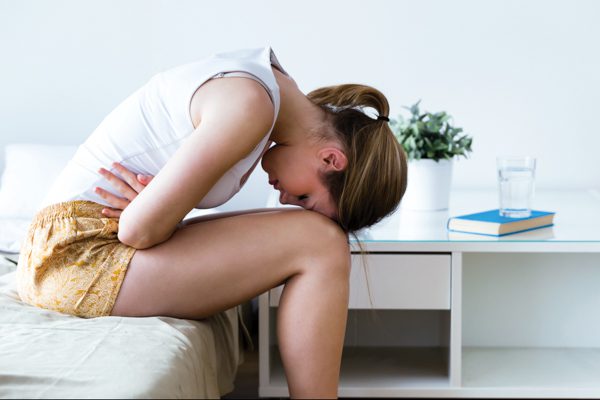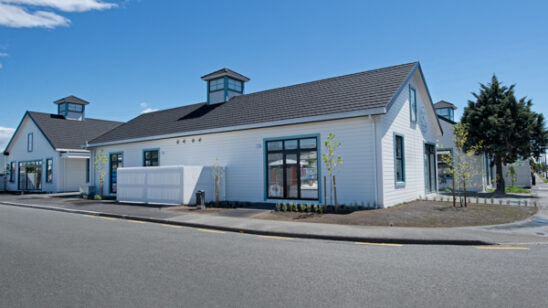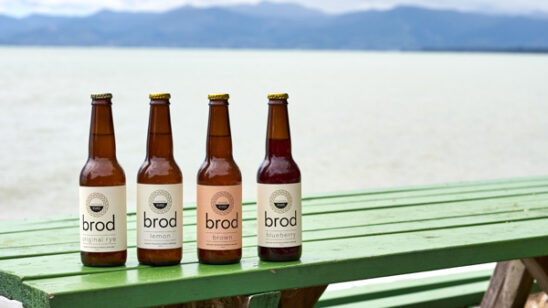
The gall with gallstones: The Endoscopy Clinic
A four-inch, pear-shaped organ tucked comfortably away below your liver, the gallbladder is a handy organ to have on your side. But when things get tense, it can cause a lot of problems – and pain.

The main job of the gallbladder is to store bile until the body needs it to help digest fatty food. “When we eat, the gallbladder contracts and squeezes out bile, which acts like detergent – it breaks up what we’ve eaten so it can be dissolved and absorbed,” Christchurch surgeon Ross Roberts from The Endoscopy Clinic explains.
However, sometimes crystal-like deposits that can range in size from as small as a grain of sand to as large as a golf ball can wreak absolute havoc on this organ and it’s not a lot of fun for the body housing them. Sudden and rapidly intensifying pain in the centre or upper right portion of your abdomen, back pain between your shoulder blades, pain in your right shoulder and nausea or vomiting can all be symptoms of gallstones.
About 70 percent of gallstones are cholesterol stones, formed when the bile contains too much cholesterol. As many as 20 percent of people produce gallstones however, not all develop symptoms. There are genetics links to gallstones and being older, female and overweight increases your risk. Pregnant women and those who have had weight-loss surgery are also at higher risk, with evidence suggesting that yo-yo dieting may also play a part.
Some gallstone problems only flare up occasionally, when they get lodged against the narrow neck of the gallbladder once it starts contracting to release bile after a large or fatty meal, with pain subsiding once the gallbladder relaxes again.
Other gallstones get forced out of the gallbladder and into the ducts that carry bile from the liver to the small intestine, where they can cause further debilitating complications.
Sometimes gallstones pass through the liver, into the digestive system and eventually out of the body, naturally. However, it’s not a straightforward journey and they can cause a lot of pain and damage on the way. In fact, even if your body gets rid of one gallstone, that’s unlikely to be the end of the matter.
“In most people, gallstones are not just singular – there are usually more gallstones left in the gallbladder,” Ross says. For those who experience symptoms, the gallbladder generally needs to be removed using keyhole surgery. In most cases this is a straightforward operation that requires a one-night hospital stay and a two-week recovery period.
With our livers generally capable of producing enough bile to deal with even the fattiest meals and any extra able to be stored in the bile ducts, we can survive – quite comfortably – without a gallbladder. “If you don’t have a gallbladder you can digest food perfectly well. It’s a luxury, not a necessity.” “I say to people that there’s no point in picking up the eggs – you have to get rid of the chicken,” Ross says. “The gallbladder here is laying the gallstones.”
The Endoscopy Clinic, Level 1, 9 Caledonian Road, Christchurch. For more information, phone 03-961 6666 or visit www.endoscopyclinic.co.nz.



